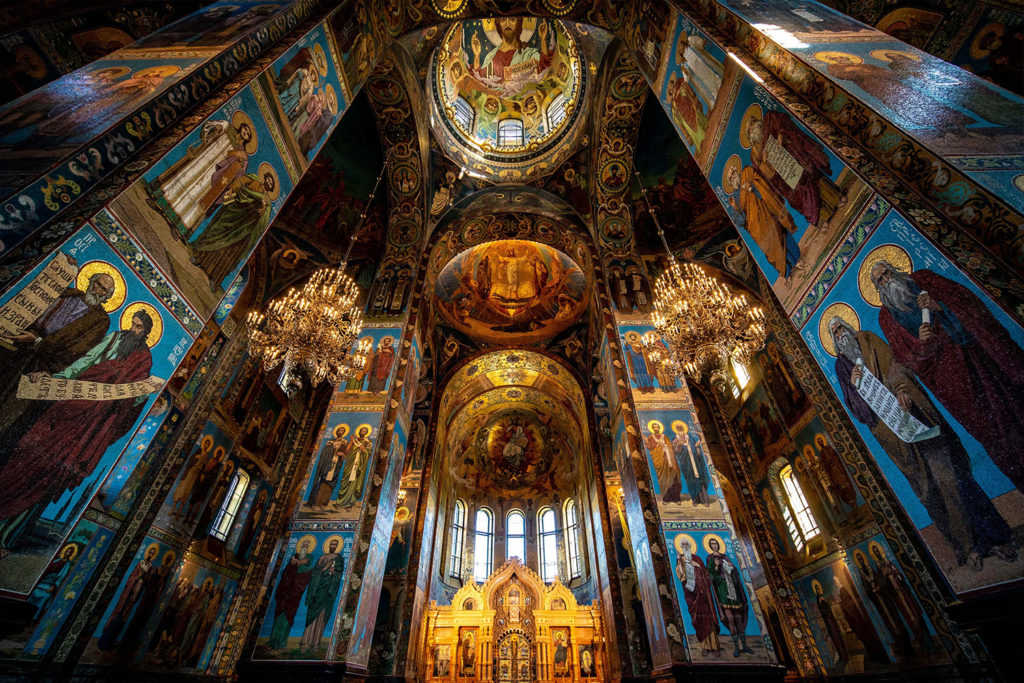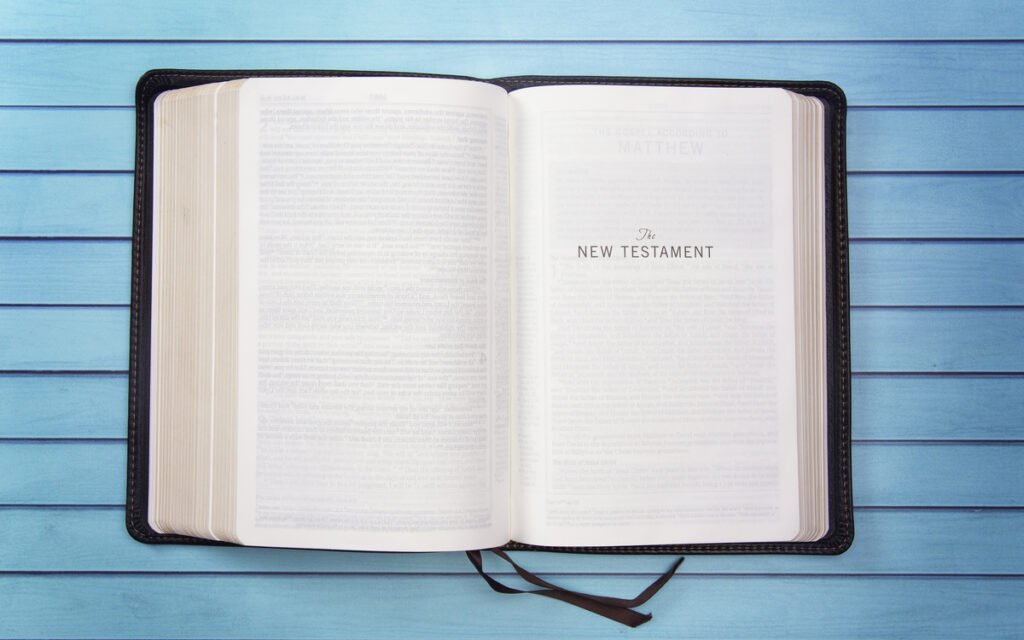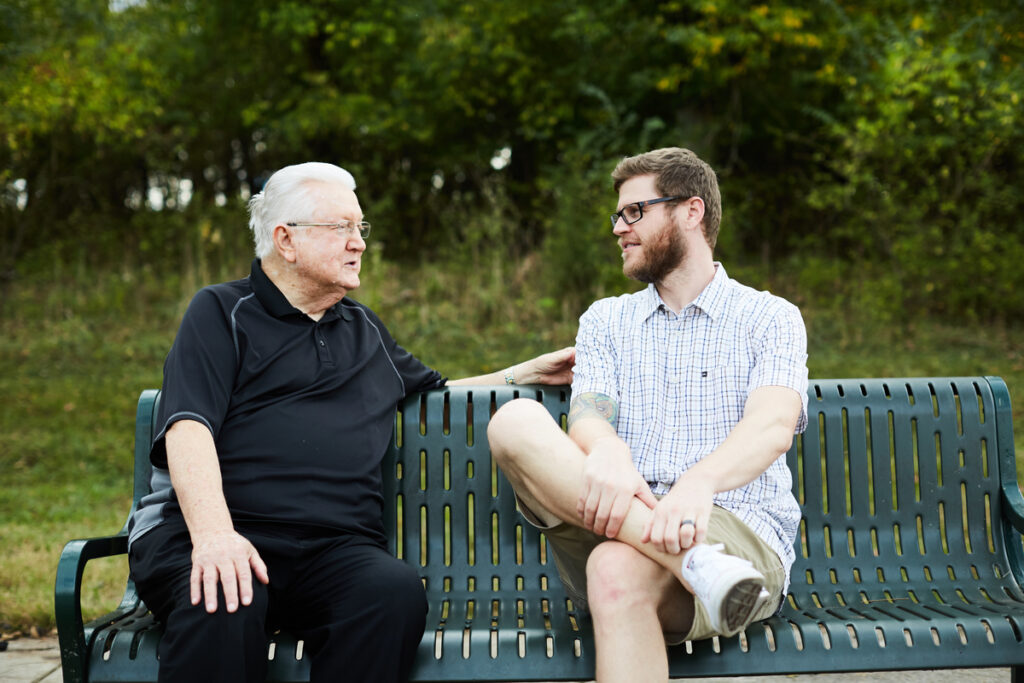By Bill Gordon and Paul Negrut
Denomination: Eastern Orthodox
Introduction:
This bulletin will discuss some of the important beliefs and practices that unite Orthodox groups. There are many American denominations that can be classified as Eastern Orthodox.
Statistics:
Some of the major Eastern Orthodox groups and their Canadian and U.S. membership statistics are: (Source: Eileen W. Linder, ed. Yearbook of American & Canadian Churches 2008 [Nashville: Abingdon Press, 2008])
- Albanian Orthodox Diocese of America—USA: 2,407
- The American Carpatho—Russian Orthodox Greek Catholic Church—USA: 14,372
- Antiochian Orthodox Christian Archdiocese of North America—Canada: 150,000; USA: 425,000
- Armenian Apostolic Church of America—USA: 360,000
- Armenian Church of America, Diocese of the—Canada: 85,000; USA: 414,000
- Coptic Orthodox Church—Canada: 55,000; USA: 250,000
- Greek Orthodox Church—Canada: 350,000; USA: 1.5 million
- Orthodox Church in America—Canada: 2,000; USA: 970,000
- Romanian Orthodox Church—Canada: 3,300; USA: 7,135
- Serbian Orthodox Church in USA and Canada—Canada: 8,500; USA: 67,000
- Syrian Orthodox Church of Antioch —Canada: 2,500; USA: 34,500
History:
Eastern Orthodox Churches trace their beginning to the establishment of the Christian church on the day of Pentecost. They separated from the western Latin Church in AD 1054.
Differences from Roman Catholicism
Eastern Orthodox is often confused with Roman Catholicism; therefore, an understanding of the differences is needed. Orthodox priests do not have to be celibate. They may marry, provided they do so before they take their vows. Orthodox bishops, however, must practice celibacy.
Orthodox churches do not recognize the supremacy of the bishop of Rome (the pope) over the patriarchs of the Orthodox churches. Unlike Roman Catholics, Orthodox churches reject the filioque doctrine. Filioque is the belief that the Holy Spirit proceeds from the Son, as well as the Father. The Orthodox use John 15:26 as their reason for rejecting this doctrine.
Eastern Orthodox churches may be classified into three groups: Orthodox churches in the Middle East, Orthodox churches in Central and Eastern Europe, and Orthodox churches outside of traditional Orthodox countries.
Orthodox churches claim to possess the same faith and practice of the early church of the New Testament.
Orthodox Theology
Orthodox theologians teach that religious knowledge is derived from God’s revelation of Himself. Scripture and the Apostolic Tradition (an oral tradition) are the two avenues through which this revelation comes to humanity. The church preserves the part of God’s revelation that is not written down in Scripture. The Orthodox church is both the interpreter and caretaker of this revelation. They claim that this tradition has been preserved exactly as it was given to the church. It was first protected in the oral tradition of the church and was eventually written down in the writings of the Church Fathers. According to the Orthodox, Scripture and Tradition complement each other. Together, these contain the complete revelation that God has given to the church.
One important difference between Eastern Orthodoxy and evangelical Christianity is the way the two groups approach theology. Evangelical Christianity uses a creation-fall-redemption model to interpret God’s revelation, while Eastern Orthodoxy uses a creation deification (theosis) principle. Evangelicals emphasize the results of the fall. Sin is a violation of God’s law that warrants death. Jesus fulfilled the demands of the law by suffering the penalty of sin in our place. The righteousness of Jesus is imputed to all who believe in Him. Salvation can only be received by grace through faith, and is not the result of good deeds.
Eastern Orthodoxy follows a mystical approach to God. They teach that God can be known experientially, but not intellectually. God transcends the ability of language to describe or human logic to understand. God is both unseen and incomprehensible. In other words, God is an enigma.
Since they believe that God is incomprehensible, Orthodoxy has not emphasized the development of systematic theology. Rather, they have stressed the achievement of a mystical union with God. This mystical union with God is referred to as deification (theosis).
Doctrine of God
According to Orthodox theologians, God is transcendent. Although God is absolutely transcendent, they believe that God has intervened in human history. Orthodox theologians have identified three aspects of God that enable them to affirm both God’s absolute transcendence and immanence. These three aspects are God’s essence, the three Persons of the Trinity, and God’s uncreated energy.
Doctrine of Creation
According to Eastern Orthodoxy, the universe was created by a loving act of God. God created that which is not God. The creation possessed a nature distinct from God’s. Yet, God’s creation was blameless and deserving of His love.
God not only gives created beings their structure and variety, but He also gives them their energy. Through the process of creation, God has given His creatures their own energy. These beliefs form the basis of the Orthodox hypothesis of the “double movement.” According to the double movement theory, God moves toward creation through the incarnation of the divine Logos. Creation naturally moves toward, not away from Him. In time, this movement toward God will end in creation partaking in the energies of God. As a result of moving toward God, perfection or deification is attained.
Eastern Orthodoxy believes that Adam was created as a child. They believe he was not a mature being and only possessed the capacity for perfection. Because of this view, Orthodoxy does not view the fall of humanity as seriously as evangelicals do. For the Orthodox, the problem of sin is not as grave as Western Christians assert. Orthodox theologians support this notion of sin by differentiating between person and nature. They reason that though humanity possesses the freedom to sin through an act of the will, humanity’s nature is to be in communion with God. Because of this nature, people naturally proceed toward fellowship with God.
According to the Orthodox, the sin of Adam and Eve affected only themselves. Their descendants inherited no sin or guilt because of the fall of the first parents. The fall resulted in their descendants becoming mortal and subject to physical death. This mortality resulted in an increased tendency to sin, but only because humanity was subject to physical needs. Humanity’s mortality makes people prone to sin. The sin of Adam and Eve created a barrier of mortality between God and humanity. Only God could do away with this barrier. God removed this obstacle through the incarnation of Christ.
Deification
The incarnation made it possible for humanity to be united with God. Orthodox writers often refer to this union as deification. It is not a union with God’s essence, but with God’s divine energies. God reveals Himself through His energy. Through deification, humanity may participate in these divine energies.
The road to deification involves prayer, meditation, asceticism, and the performing of good deeds, as well as receiving the holy sacraments (a discussion of the sacraments is found under “Religious Practices”). Consequently, Orthodox churches do not emphasize a personal relationship with Jesus Christ as much as they do taking the sacraments. They believe that receiving the sacraments provides a relationship with Christ. One may not achieve this union solely by the grace of God through faith.
The Orthodox understanding of Adam’s fall results in an impaired view of the results of sin. In Orthodoxy, the result of the fall is mortality, not the doctrine of original sin.
The Orthodox teach that the sacrament of baptism provides participants with new life. Faith in Christ and repentance from sin are not necessary for this new life. This is demonstrated by the fact that the
Orthodox baptize infants. The sacramentalism of the Orthodox competes for the need of a personal faith in Christ as the means of salvation.
Authority
The Orthodox claim that the Scriptures and Apostolic Tradition, especially as recorded in the writings of the Church Fathers, as their authority. The canon of Scripture used by the Orthodox contains the 66 books of the Protestant Bible, plus 10 additional books that are in the Greek Septuagint. The Orthodox contend that since the canon of Scripture was created by the church, the entire body of believers, that the church has the sole authority to interpret the Bible.
Other Beliefs
The Eastern Orthodox reject both the supremacy of the bishop of Rome, as well as his papal infallibility. They reject the immaculate conception of Mary because of their rejection of the doctrine of original sin; however, they do affirm the perpetual virginity of Mary as well as her bodily assumption. They also give Mary the title “Mother of God.”
Religious Practices
The Eastern Orthodox recognize seven sacraments (or mysteries): the Eucharist, baptism, chrismation (confirmation with consecrated oil), ordination, penance, marriage, and holy oil for the sick. They believe that the elements of the sacraments become grace-filled through the power of the Holy Spirit. Icons are used as religious objects instead of statues. Orthodox clergy may marry before ordination. Their liturgy follows the customs of the eastern churches.
Guidelines for Witnessing to Your Orthodox Friends
- Remember that salvation does not depend on works or on your association with a church. It depends on a personal relationship with the Lord Jesus Christ. This relationship comes through faith (see Eph. 2:8-9).
- Pray and trust the Holy Spirit to reach the hearts and minds of those who are lost with the gospel message.
- Share your testimony. Many Orthodox have never experienced a personal relationship with Jesus Christ. Your testimony of what Jesus has accomplished in your life could have a great impact on them. Keep your testimony short. Avoid using terms that are unfamiliar to Orthodox, such as: “walked the aisle,” “got saved,” and “born again.”
- Explain that you are certain of your salvation because of God’s grace. Make sure that you communicate that your assurance is derived from God’s grace and not from good works or your ability to remain faithful (see 1 John 5:13).
- Give them a copy of the New Testament. Lead them to texts that explain salvation.
- Avoid issues that are not central to salvation.
- Keep the gospel presentation Christ-centered.
References:
Demetrios J. Constantelos, Understanding the Greek Orthodox Church (New York: Seabury Press, 1982).
Eileen W. Lindner, ed., Yearbook of American and Canadian Churches 2000 (Nashville: Abingdon Press, 2000), pp. 339-349.
John Meyendorff, Catholicity and the Church (Crestwood, N.Y.: St. Vladimir’s Seminary Press, 1983), p. 100.
Archbishop Michael, “Orthodox Theology,” The Greek Theological Review 3 (Summer 1957): p. 13.
Paul Negrut, “Orthodox Soteriology: Theosis,” Churchman 109 (1995): p. 166.
Timothy Ware, The Orthodox Church (Baltimore: Penguin Books, 1964).
Published March 30, 2016




